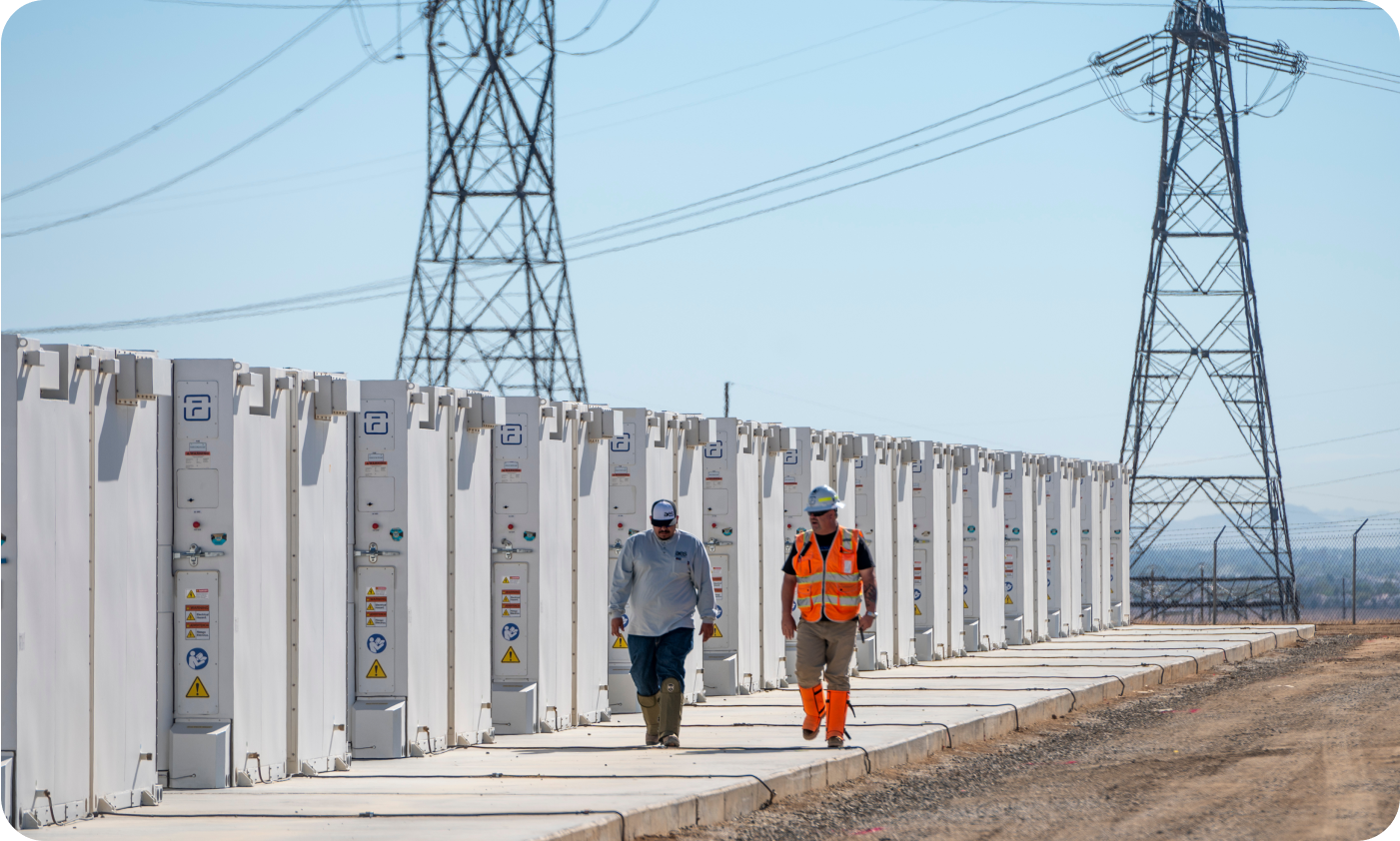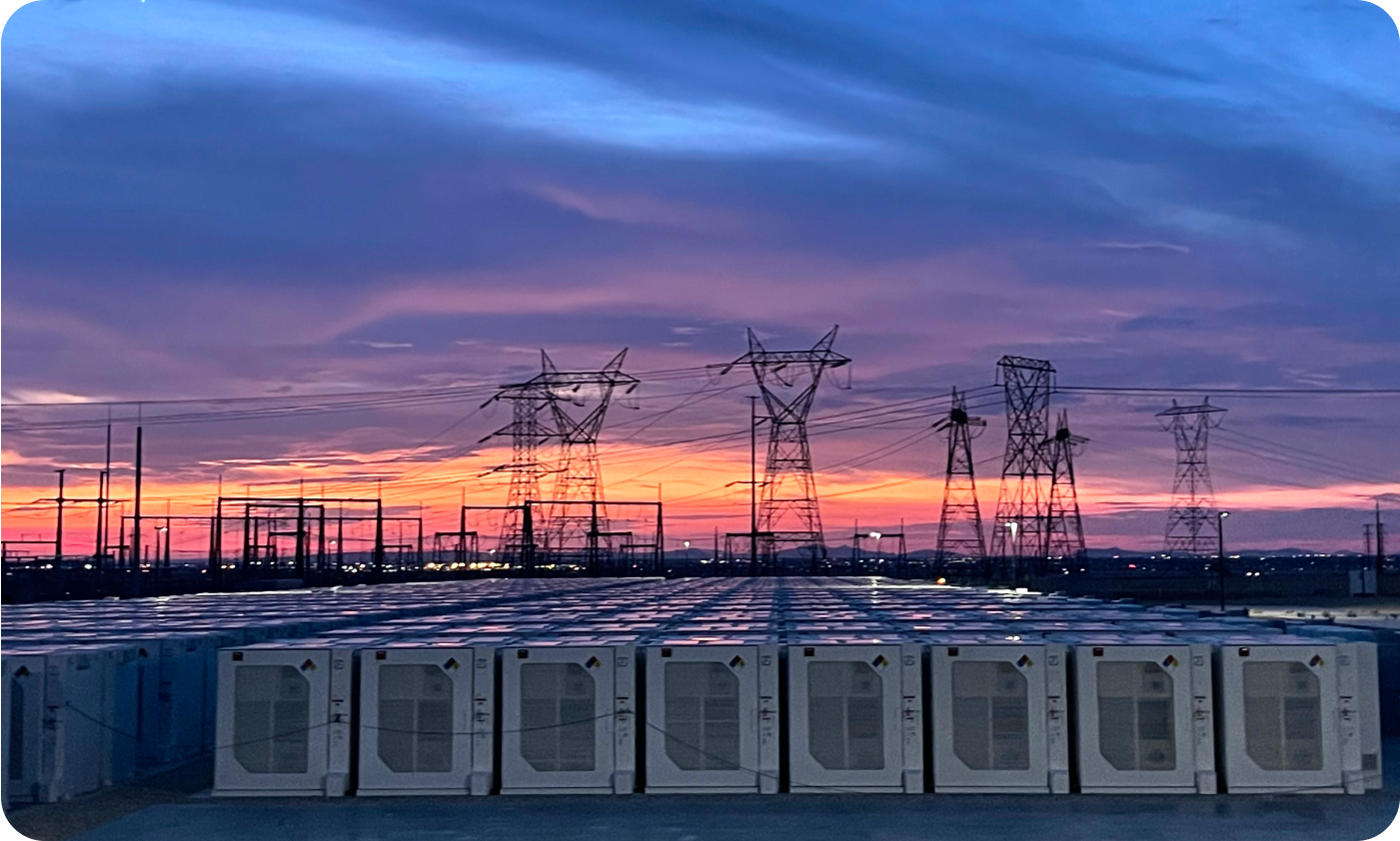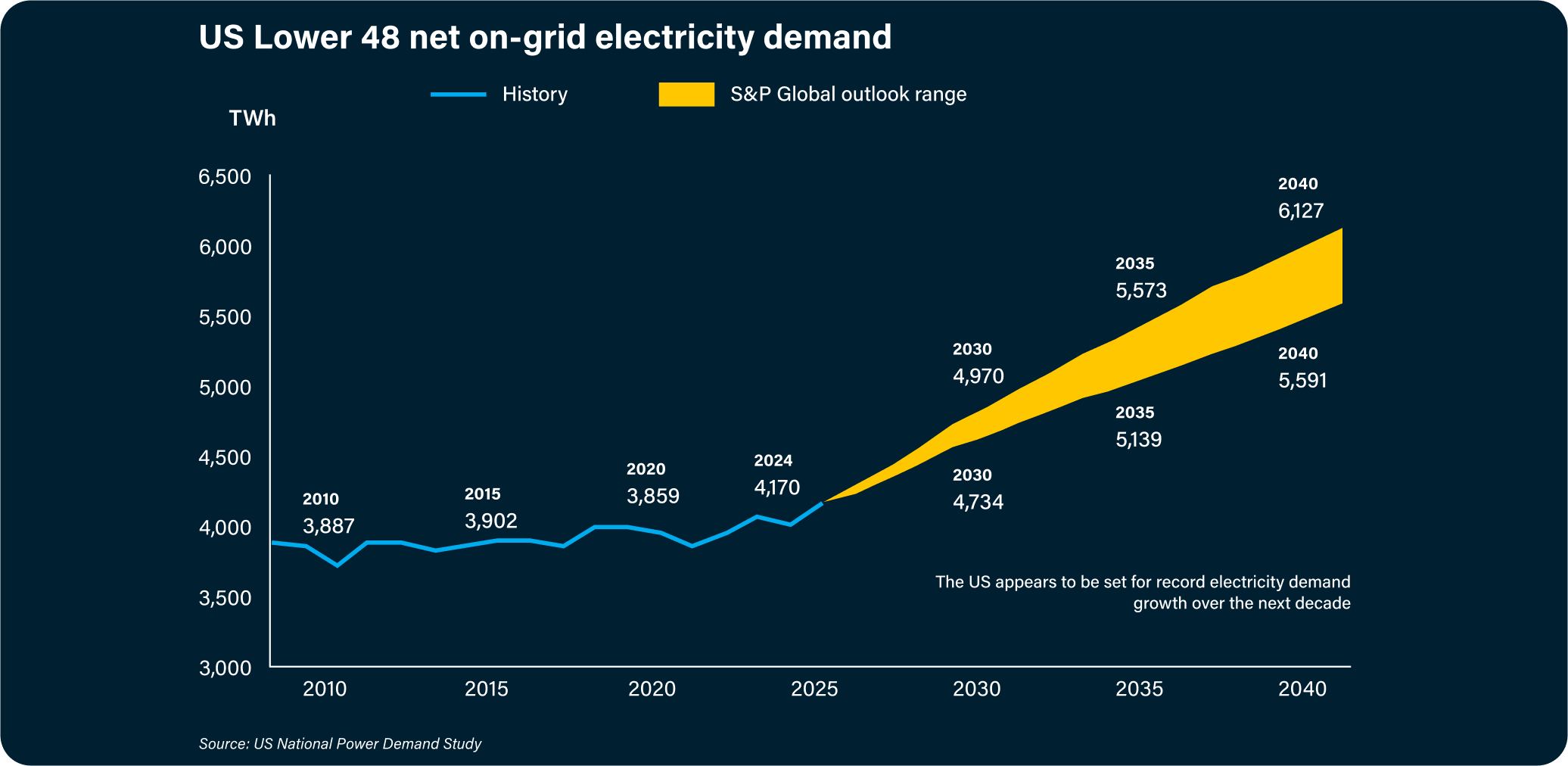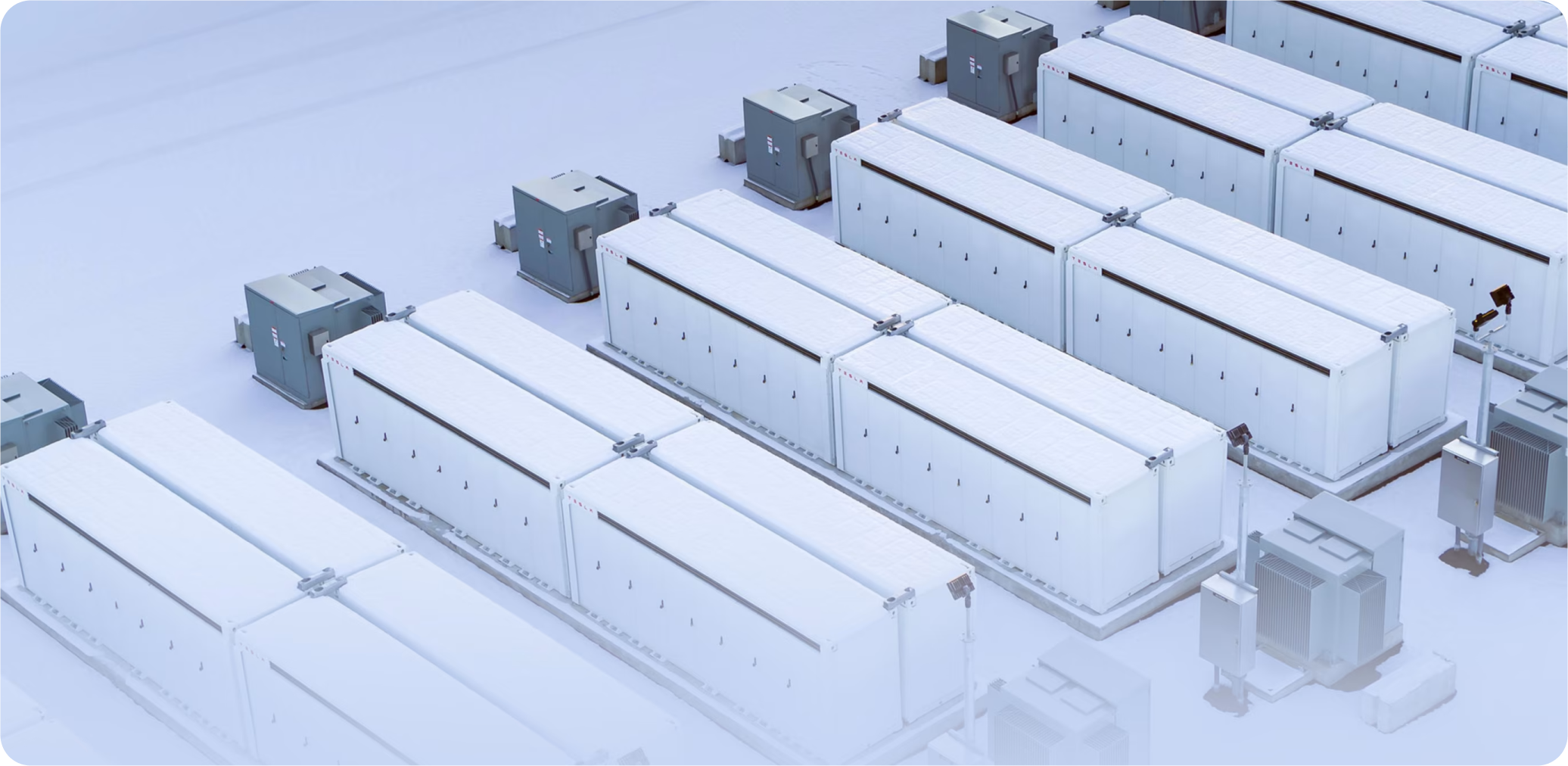
Energy Storage Enhances Grid Reliability and Lowers Costs
5 GW of Batteries in Texas Saved More than $1.4 Billion in Energy Costs in 2024
Texas quickly deployed a significant amount of energy storage, and in just one year produced significant savings for households and businesses and strengthened the reliability of the power grid.

10 GW in the Midwest will Keep the Lights on and Save More than $25 Billion
A report reveals that a 500% increase in battery storage by 2035 will be needed to maintain grid reliability as demand grows. More than 10 GW of battery storage could be economically and quickly deployed over the next decade to meet rising demand for power and acute grid reliability needs. Energy storage resources could cut Midwest evening energy price spikes by more than 60% between now and 2035.

4 GWs will Significantly Reduce Electricity Prices Across Great Plains States
The deployment of 4 GW of battery storage, enough to power 3.4 million homes during peak demand, across the central U.S. could result in $7 billion in energy cost savings for American consumers, while significantly boosting reliability for the region. Energy storage resources could cut evening energy price spikes by more than 80% between now and 2035.

A Proven Gamechanger: Grid Batteries in Texas
Energy Storage Lowered Black Out Risk and Saved Billions for Texans
Texas is a proven example of the transformative impact of energy storage investment. Between summer of 2023 and summer of 2024, the addition of 5 gigawatts (GW) of energy storage in Texas enhanced grid reliability, helped avoid outages, and kept electricity costs down for consumers. The results in Texas are undeniable.
5 GW of Grid Batteries
Deployed in Texas in one year
$1.4 Billion in Energy Cost Savings
In addition to $700 million in savings over the summer of 2024, batteries helped save Texas more than $700 million over the course of a single winter storm
100% Reduction in Appeals for Customers to Use Less Energy
Between the summer of 2023 and 2024, energy storage helped eliminate the need for households and businesses to use less power to protect the grid
With an additional 7+ GW in the pipeline, Texas stands ready to maintain a more affordable, flexible, and resilient energy grid moving forward.

North American Electric Reliability Council, a not-for-profit regulatory authority whose mission is to assure the effective and efficient reduction of risks to the reliability and security of the grid. Read the NERC 2025 Summer Reliability Report here.
Building America’s Future
Energy Storage is Key to Meeting Historic Demand for Power
Electricity demand in the United States is projected to surge by an unprecedented amount over the coming decade. Data indicates that electricity demand could expand 35-50% by 2040. This is primarily due to a surge in data centers and AI infrastructure, as well as new manufacturing and industrial factories. This demand is growing faster than the supply of new energy solutions that could power it — creating an urgent need for faster action to unlock resources like energy storage, which are ready to be deployed and proven to stabilize and strengthen electric grids facing increasing peak electricity use.

Energy storage is designed to enhance any type of power generation and optimize our transmission networks. For example, energy storage enables solar facilities to function like firm capacity, maximizing their contributions to the grid. Batteries also support natural gas and coal plants by improving efficiency and cost-effectiveness, reducing wear and tear on these facilities, and quickly balancing electricity supply and demand.

Homer Electric installed 46 MW Tesla Megapack system to increase energy capacity along Alaska’s rural Kenai Peninsula, providing support to gas turbines and helping to prevent outages. (Photo credit: Tesla)
.svg)